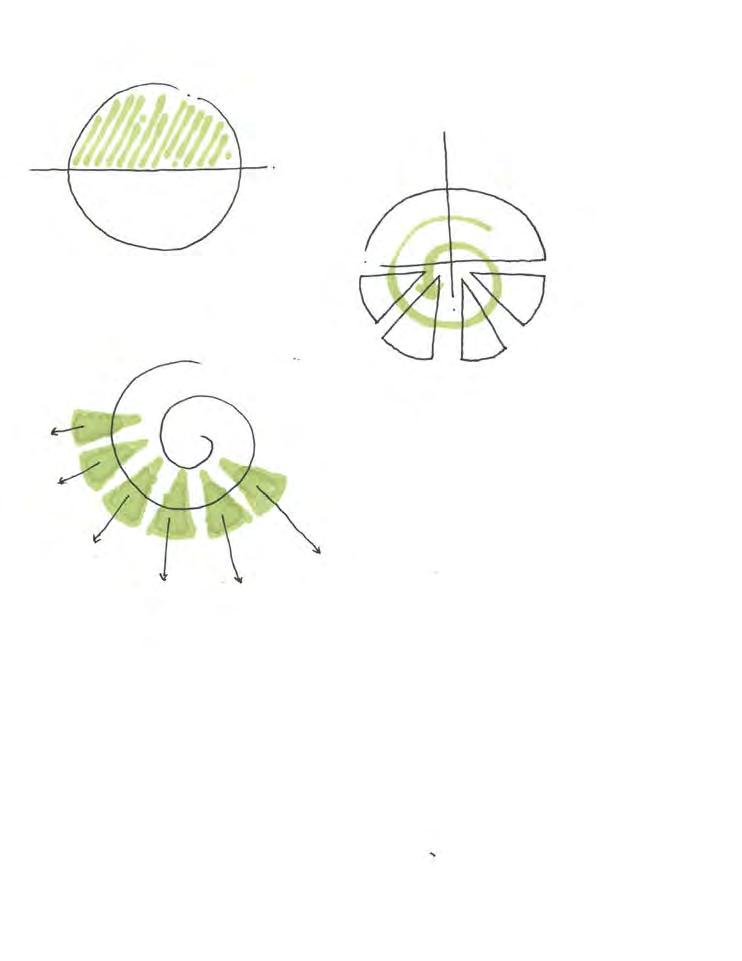
1 minute read
THE RESTORATION OF HEALING PAINS .
by hazelnank
Rooted Growth.
Community is known as a group of people living in the same environment, fellowshipping with one another with common interests, and coexisting in an interdependent habitat.
Advertisement
The Greenwood community has portrayed an evident unity throughout the traumatic events of the Tulsa Race Massacre leading towards the reconciliation of the district. This unspoken but noticeable strength can be represented by the underlining function of a human hand. A human hand has the ability to converge, mold, create, collect, grasp, and support depending on the necessary actions needed within a situation. These motions portray the resilience and adaptapility of the Greenwood community after what is known as one of the most unjustifiable acts of racism in history.
Inspiration:
Tulsa, Oklahoma.
Greenwood Pavilion
This strength is depicted through the structure of a hand by the fingers representing each member of the community being supported by the palm of a hand, which is the center point or safe space for the community. This depicts how each individual creates what remains of the Greenwood district and the effectiveness of continual support from one another. The form of the gathering space and alcoves relate to the individuality each member brings into the community through a radial ordering system that promotes interaction, intimacy, and intent. This allows the community to gather in an environment that encourages a window into the culture of Greenwood’s history, music, and businesses.
Circle divided into two semi circles to represent the past and present aspects of Greenwood.
Smaller dividion into semi circle to represent individuality of community.


Rotational ordering systems to represent on going change within the Greenwood community.
THE REPRESENTATION OF CULTURAL ENGAGEMENT.
Intertwining Paths.
04
With the vast amount of cultures that form the heart of Chicago, this multicultural community center would promote a supportive environment for all communities to come together and unite as one. This transforms a simple space into a non judgmental, open minded environment for societies to enjoy reading in the library, admiring local art, and engaging in community events. The multicultural community center would create moments where each who experiences the environment feels seen, heard, and supported regardless of their realities outside of the center. This unity is encouraged by the fluidity that forms throughout the simple winding of walls that lead you into each space. These transitions of curvilinear mold moments of intimacy, intent, and within each culture to create a better and unprejudiced world
Inspiration: Atmosphere and Environment by Louise Nevelson
Multicultural Center
Chicago, Illinois.





